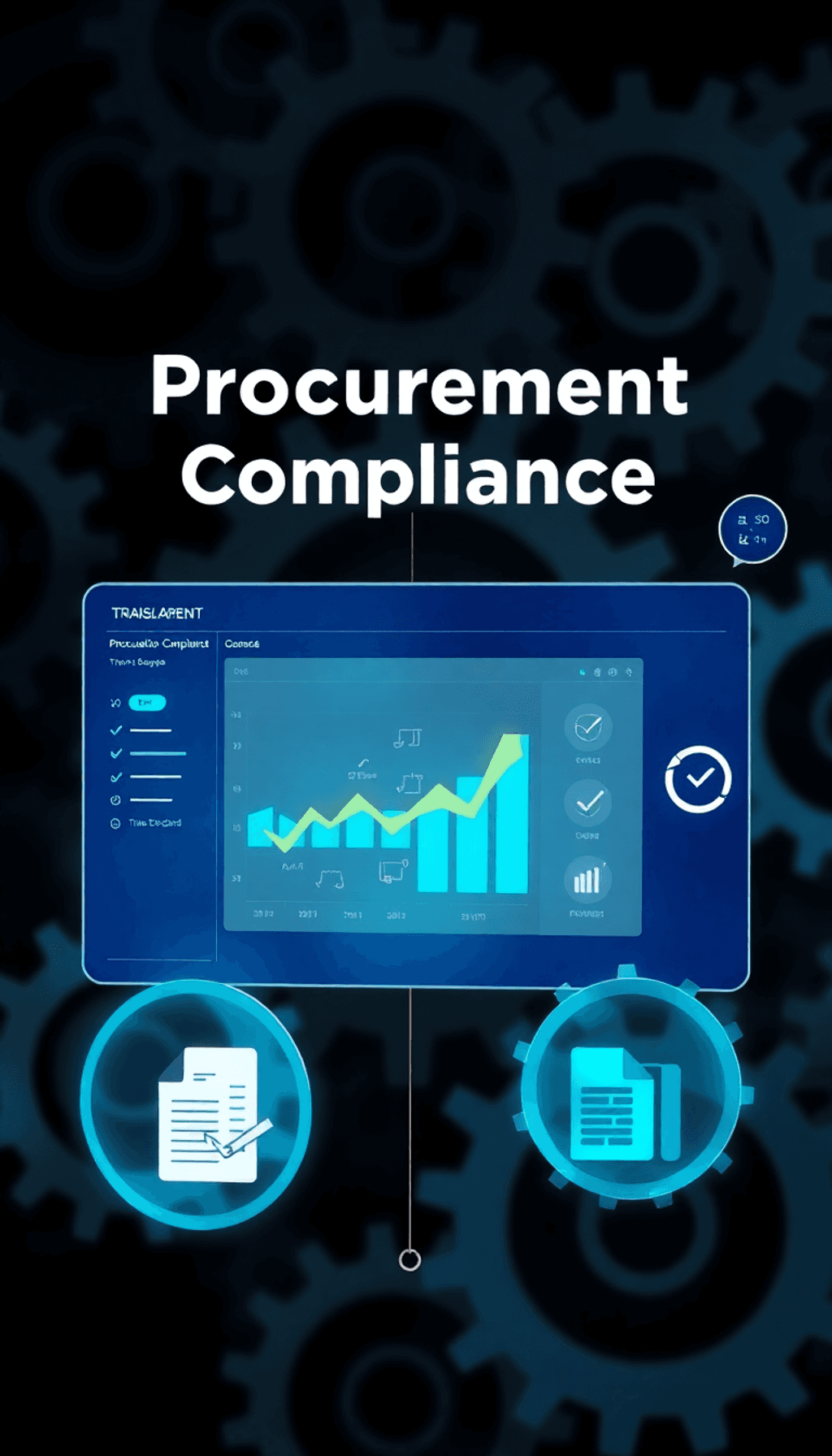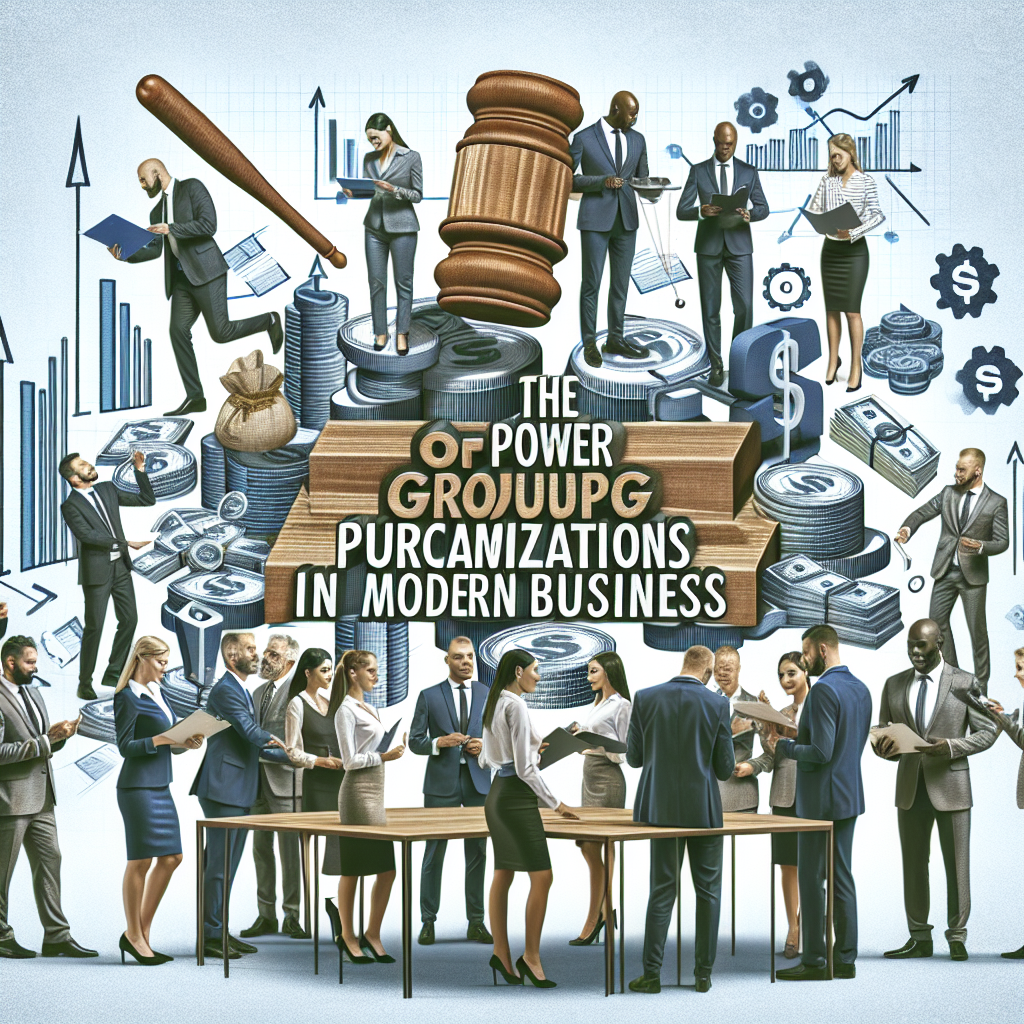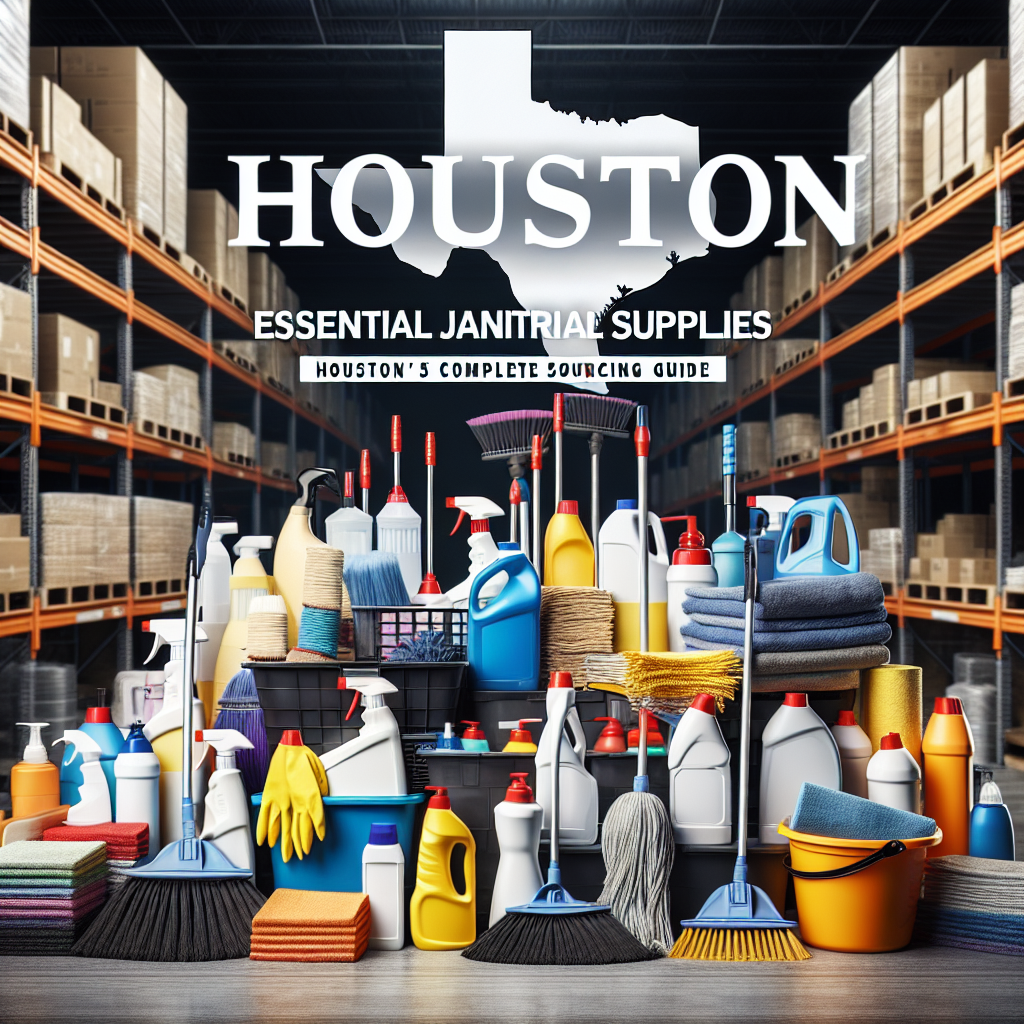Understanding Procurement Compliance Tools
Procurement compliance tools play a crucial role in maintaining adherence to organizational policies throughout procurement processes. These tools are designed to:
- Ensure compliance with legal requirements.
- Minimize financial risks associated with non-compliance.
- Enhance transparency and accountability in supplier interactions.
Effective procurement compliance tools not only meet regulatory demands but also streamline operations, leading to significant cost-effectiveness. For instance, organizations can leverage drastic cost reductions through collective spending which is a key advantage of these tools. By implementing robust compliance mechanisms, organizations can foster trust among stakeholders while effectively managing risk.
Organizations utilizing these tools witness improved operational efficiency through:
- Automated processes that reduce manual errors.
- Real-time monitoring of compliance status.
- Enhanced data accuracy for informed decision-making.
Incorporating procurement compliance tools is essential for organizations aiming to maintain integrity in their procurement activities and mitigate potential risks effectively. This is particularly relevant for those in entry-level procurement jobs, as these tools provide the necessary framework for understanding and navigating the complexities of supply chain management.
1. Understanding Procurement Compliance and Its Significance
Procurement compliance means following the organization’s rules and regulations during the buying process. This involves making sure that all purchases are legal, ethical, and in line with internal policies. Procurement compliance is important for maintaining honesty in organizations by promoting openness and accountability.
Failure to comply can have serious consequences:
- Legal Consequences: Not meeting regulatory standards can result in fines, penalties, or lawsuits.
- Reputational Damage: Organizations may lose the trust of clients, stakeholders, and partners, which can be hard to regain.
A strong compliance framework helps protect against these risks. It not only prevents potential problems but also builds trust among stakeholders. The key components of a solid compliance framework are:
- Clear Policies: Setting up specific procedures that guide procurement activities.
- Training Programs: Regularly educating employees on compliance standards to minimize mistakes.
- Monitoring Systems: Using tools for real-time supervision of procurement practices.
By creating a culture of compliance, organizations can navigate complex regulations more effectively. This proactive approach not only shields against financial risks but also strengthens long-term relationships with suppliers and partners.
Building Resilience in Procurement
During difficult times, building resilience in the procurement process becomes crucial. A strong compliance framework can greatly contribute to this resilience by ensuring that procurement activities stay aligned with organizational goals even when faced with challenges.
Continuous Learning in Procurement
The path towards mastering procurement often involves continuous learning and adaptation. This mindset not only helps in following compliance standards but also drives overall success in procurement.
Understanding Salary Trends in Procurement Engineering
For individuals considering a career in procurement engineering, it’s important to keep up with industry trends. Insights into the procurement engineer salary trends for 2025 can offer valuable guidance for future career planning.
Embracing Diversity, Equity, and Inclusion (DEI) in Procurement
Additionally, integrating Diversity, Equity, and Inclusion (DEI) into the procurement process is essential for creating an inclusive work environment. This approach not only aligns with compliance standards but also fosters a culture of respect and understanding within the organization.
Ultimately, establishing a strong foundation of compliance within the procurement process is vital for aligning practices with organizational goals while nurturing an atmosphere of trust and collaboration.
2. Developing a Structured Compliance Framework with Stakeholder Involvement
Creating a robust compliance framework is essential for effective procurement processes. A well-structured framework not only meets regulatory requirements but also aligns with organizational objectives. Here’s a step-by-step guide to developing a compliance framework tailored to your organization and industry needs:
-
Assess Current Processes
Evaluate existing procurement processes and identify gaps in compliance. Conduct interviews and surveys to gather insights from employees involved in procurement. -
Define Compliance Objectives
Establish clear, measurable goals that reflect the compliance needs specific to your organization. These objectives should address legal regulations, industry standards, and internal policies. -
Engage Stakeholders
Involving key stakeholders is crucial for successful implementation. Engage representatives from different departments such as finance, legal, and operations early in the process. This ensures diverse perspectives are considered and fosters a sense of ownership. -
Develop Policies and Procedures
Create detailed policies and procedures that outline compliance expectations within the procurement process. Ensure these documents are easily accessible and user-friendly. -
Implement Training Programs
Design training sessions tailored to various roles within the organization. This helps employees understand their responsibilities regarding compliance and equips them with the necessary tools. -
Establish Monitoring Mechanisms
Develop systems for continuous monitoring of compliance practices. Utilize technology solutions that provide real-time insights into procurement activities. -
Review and Revise Regularly
Periodically review the compliance framework to adapt to changing regulations or organizational needs. Invite feedback from stakeholders to enhance the framework’s effectiveness.
The emphasis on stakeholder engagement throughout this process cannot be overstated. Active participation from all relevant parties ensures that everyone understands their role in maintaining compliance, leading to more effective implementation of procurement strategies.
By following these steps, organizations can create a comprehensive compliance framework that not only mitigates risks but also enhances operational efficiency within their procurement processes.
Incorporating innovative strategies such as group purchasing, can further streamline these processes, while keeping an eye on supplier innovation trends can provide valuable insights for future improvements.
3. Navigating Sector-Specific Compliance Requirements
Compliance requirements can significantly vary across sectors, impacting procurement professionals in unique ways. Understanding these differences is crucial for effective procurement compliance management.
Healthcare Industry Compliance
The healthcare sector faces some of the most stringent regulations, driven by the need to protect sensitive patient information and ensure the quality of care. Key compliance standards include:
- Health Insurance Portability and Accountability Act (HIPAA): Protects patient data privacy.
- Federal Acquisition Regulation (FAR): Governs procurement processes for federal contracts, ensuring transparency and fairness.
- Drug Enforcement Administration (DEA) regulations: Enforces strict controls over pharmaceutical supplies.
These regulations demand rigorous adherence to compliance protocols throughout the procurement process. Procurement professionals must focus on:
- Supplier Vetting: Ensuring suppliers meet regulatory standards before engagement.
- Contract Management: Maintaining compliance documentation during negotiations and contract execution.
- Auditing and Monitoring: Regularly reviewing supplier performance against compliance benchmarks.
In addition to these, there’s an increasing emphasis on sourcing essential PPE for airborne precautions in healthcare, which adds another layer of complexity to procurement in this sector.
Implications for Procurement Professionals
Navigating these complex compliance landscapes can pose challenges but also offers opportunities. Professionals need to adopt specialized procurement compliance tools designed to streamline adherence to sector-specific regulations. These tools can include:
- Automated Compliance Checklists: Simplifying the verification process when onboarding suppliers.
- Real-time Monitoring Systems: Tracking supplier performance in alignment with legal requirements.
- Data Analytics Platforms: Offering insights into potential compliance risks within procurement activities.
Understanding sector-specific compliance requirements not only minimizes risks but also enhances credibility with stakeholders, especially when dealing with federal funding in healthcare. Prioritizing these aspects is essential for successful procurement operations within regulated industries.
4. Using Technology to Improve Procurement Compliance Management
The digital transformation in procurement is changing how organizations handle compliance. By using advanced digital tools and automation in procurement processes, businesses can achieve significant improvements in efficiency and accuracy.
Key Benefits of Digital Tools
- Streamlined Compliance Processes: Automation reduces manual tasks, thereby minimizing errors and accelerating workflows. This efficiency allows procurement teams to focus on strategic initiatives rather than administrative burdens.
- Improved Data Accuracy: Digital solutions provide real-time data entry and validation, which enhances the reliability of information used for decision-making. Accurate data helps prevent compliance breaches and financial discrepancies.
- Real-Time Monitoring: Technologies enable continuous tracking of supplier performance against compliance standards. Organizations can quickly identify potential issues, allowing for timely interventions that mitigate risks.
Examples of Digital Solutions
- Contract Management Software: Automates the creation, approval, and management of contracts, ensuring adherence to legal requirements.
- Supplier Risk Management Platforms: Offer insights into supplier compliance history, financial stability, and potential risks, empowering informed decision-making.
Investing in these technologies not only ensures compliance but also fosters a culture of accountability within the procurement function. For instance, implementing a Supplier Relationship Management system can enhance collaboration with suppliers while a robust Contract Management Software can streamline contract processes. Furthermore, focusing on Maximizing Supplier Performance through digital solutions ensures quality and reliability in procurement practices.
5. Best Practices for Sustaining Ongoing Procurement Compliance Efforts
Establishing a solid foundation for procurement compliance is critical. Clear policies and procedures related to procurement compliance within your organization can help achieve this goal. Consider the following best practices:
1. Develop Comprehensive Policies
Create detailed documents that outline compliance requirements, roles, and responsibilities. Ensure these policies are easily accessible to all employees involved in procurement processes.
2. Regularly Review and Update Policies
Compliance regulations can change frequently. Conduct periodic reviews of your policies to ensure they remain relevant and aligned with current laws and standards.
The role of procurement optimization in streamlining these processes cannot be overstated. By leveraging advanced procurement software and outsourcing strategies, organizations can significantly enhance their compliance efforts while also reducing costs.
Employee training on compliance tools plays a vital role in sustaining ongoing efforts. Strategies for effective training include:
-
Tailored Training Programs: Design training sessions that cater to different departments’ specific needs. This ensures that each team understands how compliance tools apply to their particular functions.
-
Hands-on Workshops: Encourage interactive workshops where employees can practice using compliance tools in real-life scenarios. Practical experience enhances understanding and retention.
-
Ongoing Support and Resources: Provide continuous access to resources such as manuals, FAQs, and expert guidance. This empowers employees to seek assistance when needed.
-
Feedback Mechanisms: Implement channels for employees to share their experiences with compliance tools. Use this feedback to refine training programs and address common challenges.
By establishing robust policies, investing in comprehensive employee training, and utilizing best procurement software, organizations can minimize errors while maximizing the benefits of procurement compliance tools.
6. Building Strong Relationships with Suppliers through Effective Communication on Compliance Issues
Open communication is essential for building strong relationships with suppliers in procurement. When organizations communicate clearly, they can convey their compliance expectations to suppliers, ensuring that they fully understand and follow the required standards. This collaborative approach not only holds suppliers accountable but also promotes transparency throughout the procurement process, which is crucial for driving business growth as highlighted in this article on the importance of transparent supplier communication.
Moreover, effective communication plays a significant role in supplier relationship management, helping to foster stronger partnerships and enhance overall procurement efficiency.
Common Onboarding Challenges
When onboarding new suppliers, several compliance-related challenges may come up:
- Lack of Clarity: Insufficient information about compliance requirements can lead to misunderstandings and non-compliance.
- Documentation Delays: Slow submission of necessary documents can hinder timely onboarding and create gaps in compliance assurance.
- Cultural Differences: Different business practices or communication styles may cause friction during the integration process.
To address these challenges, consider implementing a structured onboarding process that focuses on:
- Regular Check-ins: Schedule periodic meetings to address questions and provide updates on compliance standards.
- Training Programs: Offer training sessions that cover your organization’s compliance policies and procedures, allowing suppliers to align their practices accordingly.
- Feedback Mechanisms: Create channels for suppliers to share their insights on the onboarding experience, fostering a culture of continuous improvement.
By prioritizing effective communication and focusing on supplier relationship management, organizations can strengthen supplier relationships while ensuring adherence to vital procurement compliance tools.
7. Enhancing Risk Management Strategies in Procurement Compliance Through Prioritization Techniques
Implementing effective risk management strategies is essential for maintaining procurement compliance. Organizations can adopt several advanced techniques to proactively identify areas of non-compliance or potential fraud risks.
1. Risk Matrix Utilization
A risk matrix in procurement processes allows you to categorize and visualize risks based on two primary dimensions: severity and likelihood. This framework enables teams to focus on the most critical risks that could affect compliance.
2. Identifying Risks
Begin by conducting a comprehensive risk assessment, examining all aspects of the procurement cycle. This includes supplier selection, contract management, and performance evaluation. Look for patterns or historical data indicating where non-compliance has occurred previously.
3. Prioritization Tips
- Severity Assessment: Evaluate the impact of each risk on your organization’s operations and reputation.
- Likelihood Evaluation: Consider the probability of each risk materializing based on past experiences and current market conditions.
Allocating resources effectively becomes simpler when risks are prioritized based on these criteria. By focusing efforts on high-severity, high-likelihood risks, organizations can enhance their compliance posture while reducing potential financial losses or reputational damage.
To further strengthen their procurement strategies, organizations should consider adopting effective sourcing strategies for hiring top talent. This approach not only aids in mitigating risks associated with supplier selection but also streamlines the entire procurement process.
Moreover, understanding the difference between strategic sourcing and category management can provide valuable insights into optimizing procurement functions. For instance, organizations managing a one-person procurement function can benefit from specific tips tailored for such scenarios, ensuring cost efficiency and effective supplier management.
Lastly, it’s crucial to remember that even with limited resources, there are essential tips available that can help organizations thrive by embracing constraints, optimizing processes, and leveraging networks for business success.
Conclusion
A comprehensive strategy to procurement compliance integrates traditional practices with innovative technology.
- Incorporate regular audits to maintain integrity and transparency in the procurement process.
- Leverage advanced procurement compliance tools, such as vendor management software, to streamline operations and enhance data accuracy.
The importance of leveraging technology for effective procurement compliance management cannot be overstated. These tools not only facilitate real-time monitoring but also optimize supplier performance, minimizing risks associated with non-compliance.
By fostering a culture of compliance and utilizing the right technology, organizations can significantly reduce financial risks while enhancing operational efficiency. This holistic approach ensures sustainable procurement practices that build trust among stakeholders and contribute to long-term success.
FAQs (Frequently Asked Questions)
What are procurement compliance tools, and why are they important?
Procurement compliance tools are essential for ensuring adherence to organizational policies and minimizing financial risks. They help organizations meet legal requirements while enhancing operational efficiency and cost-effectiveness.
How can a structured compliance framework be developed with stakeholder involvement?
Developing a structured compliance framework involves a step-by-step approach tailored to your organization’s specific needs. It is crucial to engage key stakeholders during the development process to ensure buy-in and effective implementation of the compliance measures.
What are some sector-specific compliance requirements in procurement?
Different sectors have varying compliance requirements. For instance, the healthcare industry has stringent regulations that procurement professionals must adhere to, particularly regarding federal funding and patient safety, making it essential to understand these unique demands.
How can technology enhance procurement compliance management?
Leveraging digital tools and automation can streamline compliance processes by improving data accuracy and facilitating real-time monitoring of supplier performance. This transformation allows for more efficient tracking of compliance standards across the procurement function.
What best practices should organizations follow to sustain ongoing procurement compliance efforts?
Organizations should establish clear policies and procedures related to procurement compliance. Additionally, effective training programs for employees on the proper utilization of compliance tools are vital to minimize errors and maximize the benefits derived from these tools.
How does effective communication impact supplier relationships concerning compliance issues?
Open communication is crucial in ensuring that suppliers adhere to compliance standards. Addressing challenges faced during the onboarding process helps build strong relationships with suppliers, making it easier to manage compliance expectations effectively.





